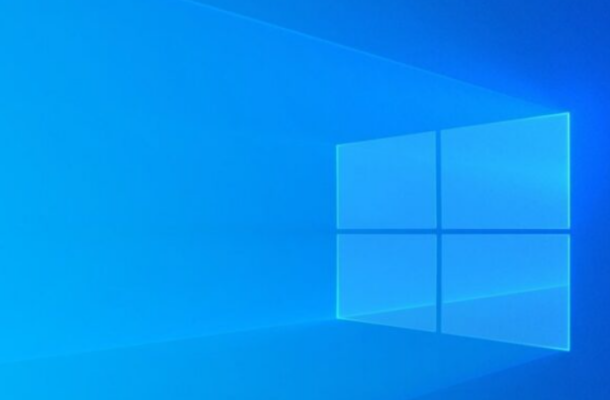Explore Microsoft's new strategy for Windows 10 beyond 2025, offering extended security updates at a cost. Learn about the implications and costs for users staying loyal to Windows 10.
Introduction: As the digital landscape evolves, Microsoft's Windows 10 is gearing up for a significant transition. With the end of support looming on October 14, 2025, users face a pivotal choice. However, Microsoft is introducing a twist in the tale, offering a lifeline to those unwilling to bid adieu to the trusted Windows 10 platform – but it comes at a price.
The Countdown to Windows 10 Support Sunset
Microsoft has officially declared that Windows 10 will cease to receive updates, including new features, after October 14, 2025. This implies not only the end of feature enhancements but also the cessation of crucial security updates, heightening the vulnerability of systems continuing to operate on Windows 10.
Extended Security Update: A Lifeline for Businesses
Traditionally, Microsoft has provided businesses with an option called Extended Security Update (ESU), allowing them to pay for additional security updates as they gradually transition to Windows 11. This has been a crucial lifeline for enterprises needing extra time to adapt to newer operating systems.
Consumer Dilemma: To Pay or Not to Pay for Security Updates?
In an unprecedented move, Microsoft is extending a similar offer to individual users. While strongly advocating the upgrade to Windows 11, the tech giant acknowledges that circumstances might prevent immediate migration. Microsoft, in a recent blog post, assured users of an option – the Extended Security Updates for consumers.
Understanding Extended Security Updates for Consumers
Consumers facing constraints in migrating to Windows 11 before the Windows 10 support expiration can opt for Extended Security Updates. This subscription-based service allows users to purchase annual updates, ensuring their Windows 10 PCs receive monthly security patches.
The Cost Conundrum: What Will Users Pay?
The critical question lingering in users' minds is the cost. Microsoft remains tight-lipped on the exact figures, leaving consumers and businesses alike curious about the financial implications of securing their Windows 10 beyond the support deadline.
Exploring the Cost Dynamics: Balancing Security and Budgets
While Microsoft encourages users to embrace Windows 11, it recognizes the diverse challenges users face. The Extended Security Updates offer a pragmatic solution, but the real test lies in striking a balance between security needs and budgetary constraints.
Conclusion: A Paid Passage to Windows 10's Extended Era
As the sun sets on Windows 10 support, users are presented with a paid pathway to security continuity. Microsoft's unique approach of offering extended support to individual users signifies a commitment to accommodating diverse user scenarios. The next three years will unravel the true cost and implications for those choosing to prolong their Windows 10 experience.


Comments